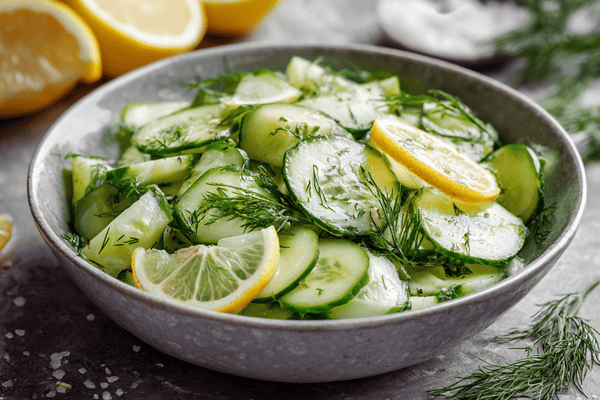 A fishmonger is responsible for selecting and collecting the very best ocean produce from local fishermen. They will then sell these products on to consumers, traditionally in a market setting.
A fishmonger is responsible for selecting and collecting the very best ocean produce from local fishermen. They will then sell these products on to consumers, traditionally in a market setting.But there’s so much more to discover about this role and if you’ve ever wondered what a fishmonger does, you’re in the right place because we are about to discover everything you need to know.
Table of contents
What Does the Role of a Fishmonger Involve?
A fishmonger plays an important role in the seafood industry. A fishmonger is someone that chooses the very best fish and seafood products as soon as they have been caught and brought back to the shore by the fisherman. They need to have a really good eye for quality and must be educated on how to choose the best fish.As well as collecting freshly-caught produce from fishermen, a fishmonger will also prepare fish to strict standards and then sell what they have chosen to the public. But it isn’t only fish that they get their hands on, fishmongers will also offer a range of other seafoods including clams, shrimp, lobsters, mussels and whatever else can be found in the local ocean.

Traditionally, you would have found fishmongers selling fish at a local fish market. While this is still the case for some people, this concept is largely being replaced by fish counters in a supermarket. Unfortunately, a lot of traditional roles are sadly becoming extinct.
Is It Difficult to Train As a Fishmonger?
In order to become a fishmonger, you would need to have an excellent knowledge of seafood and marine biology. It’s not a job that one can typically walk into and you will need training and study to master the craft.Generally speaking, it’s a good idea to apply for an apprenticeship or course that will teach you everything you need to know about this exciting and unique job role. However, once you’ve finished your training, you will need to decide whether you wish to become employed by someone else or set up as a self-employed fishmonger.
Self-employed fishmongers have a range of options and while you could go down the market stall route, a lot of people now sell their seafood online. Another great way to sell your products is to purchase a van and do a mobile seafood round; people are always glad when produce can be brought directly to their door and this gives your business a wider spread.
Do keep in mind that fishmongering often requires an early start to the day to get the best catch. Moreover, you’ll need to be willing to get your hands dirty as preparing the fish for sale can be a pretty messy job. As well as retail skills for serving customers, you'll need to have good practical skills and the right tools.
Do I Need Special Types of Knives to Work As a Fishmonger?
 While uncommon in a standard domestic kitchen, there is such a thing as a fishmonger’s knife. These aren’t all that dissimilar in appearance to the cleaver knife as they have a much broader blade than other knives in the kitchen. Only unlike a cleaver, the tip is pointed as opposed to being square.
While uncommon in a standard domestic kitchen, there is such a thing as a fishmonger’s knife. These aren’t all that dissimilar in appearance to the cleaver knife as they have a much broader blade than other knives in the kitchen. Only unlike a cleaver, the tip is pointed as opposed to being square.These specialist knives are designed to be used on fresh fish that has just come out of the water. They are perfectly adept at turning a whole fish into smaller pieces that can then be sold at the market. Since the blade is much deeper, this makes them ideal for cutting through larger fish.
However, fishmongers may also find a filleting knife extremely handy. These knives are much more common in domestic and commercial kitchens and have a long thin blade that is designed to remove bones and skin from fish. Of course, as the name suggests, they’re also designed to fillet the fish and create separate pieces.
What’s great about the fillet knife is that it is incredibly robust yet has a great degree of flexibility. This makes it versatile and very easy to control so you always get a clean cut. Normally the blades are anywhere between 17cm and 21cm and a fishmonger would choose a length that was most suitable for the type of fish he or she typically works with.
Final Thoughts
A fishmonger is someone that purchases fresh fish from fishermen and women that have just come back from a trip out to sea. These people must be able to pick out the best quality seafood including prawns, clams, lobsters, crabs and much more as they will then sell them on to the public. While traditionally, they would have worked in open markets, many fishmongers now have shops or stands in supermarkets.If you’re passionate about becoming a fishmonger, you’ll need the right skills and equipment to make the job as easy as possible. But there will always be a demand for your business as seafood is more popular than ever!


